Skype: neodalle-travel
Tel: +86 135 7447 2266
E-mail: sales@visitaroundchina.com
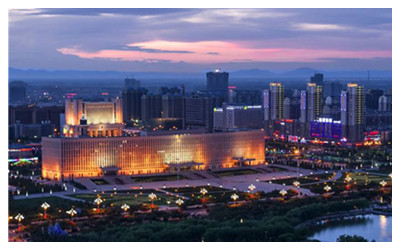 Bayannur City or Bayannaoer City is situated in the western region of Inner Mongolia Autonomous Region, neighboring Outer Mongolia to the north. Within Inner Mongolia, it borders the steel city of Baotou on the grasslands to the east, the coal capital, Wuhai, to the west and to the south it is separated from Ordos by the Yellow River.
Bayannur City or Bayannaoer City is situated in the western region of Inner Mongolia Autonomous Region, neighboring Outer Mongolia to the north. Within Inner Mongolia, it borders the steel city of Baotou on the grasslands to the east, the coal capital, Wuhai, to the west and to the south it is separated from Ordos by the Yellow River.History of Bayannur
Early in the primitive age, human settlers were living in Bayannaoer north of the Yinshan Mountains. It was during Warring States Period (476BC-221BC) that the territory of the Zhao State extended to the southern slopes of Yinshan Mountains and, until the Western Han Dynasty (206BC-24AD), was the first to establish counties and shires to administer the area.
What to see in Bayannur ?
The Yinshan Mountains zigzag through the central region of Bayannur. North of the mountainous area is broad pasture, whilst the region south of Banyannur is the famous Hetao Plain. Bayannur is Mongolian for rich lake. This ancient and fascinating land gave birth to twenty-nine ethnic minorities who lived there harmoniously and created a brilliant civilization combining farming with nomadism.
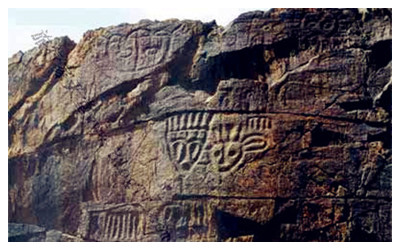 |
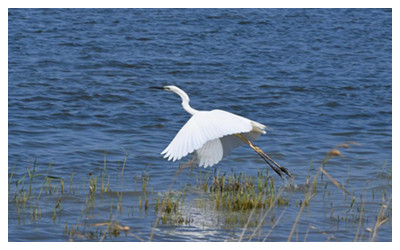 |
| Yinshan Mountain Rock Paintings | Wuliangsu Lake Resort |
For the natural scenery, Wuliangsuhai Lake is a wetland ecological tourist zone and a perfect bird habitat. Alaben Grassland, Ulashan (Wulashan) National Forest Parkand Viction International Golf Resort are perfect destinations to experience the beauty of Bayannur. Desert landscape represented by the Sanshenggong Water Control Projecton the Yellow River and Ulan Buh (Wulanbuhe) Desert is another enchanting aspect of Bayannur. Additionally, visitors can get to the boundary area with Mongolia to experience the strong Mongolian flavor.
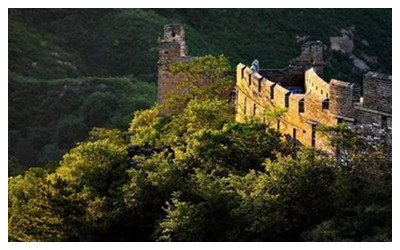 |
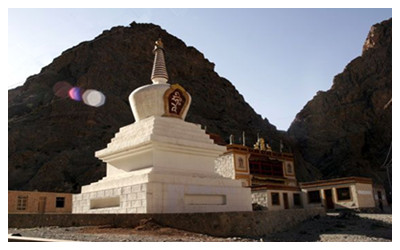 |
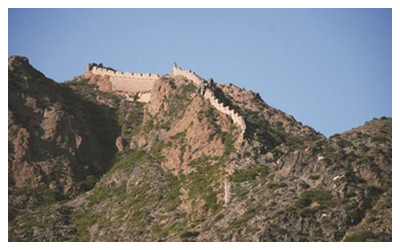 |
| Jilu Fortress | Agui Temple | Gaoque Fortress |
Also, Banyan Nur has many relics of the Great Wall, including Gaoque Fortress, and Jilu Fortress.
When to visit Bayannur ?
Bayannur has a temperate continental monsoon climate with four distinct seasons where the temperature varies greatly from season to season. It is has an abundance of sunshine with long strong windy periods which usually occur in spring and winter. The annual average temperature maintains around 3.7 ºC - 7.6 ºC and about sixty percent of the annual precipitation falls during July and August. April to October is the most favorable time to visit Bayannur.
How to reach Bayannur ?
Baotou - Lanzhou Railway runs through Bayannur. But apart from this, much longer journeys should be taken by bus. From the long-distance bus station in South Shengli Road of the downtown area, buses travel to Hohhot, Baotou, Tianjin, Beijing and Xi'an.
Bayannur Travel Tips
1. Special Local Products: Hetao cantaloupe melons, sunflower seed, apple shaped pears, water melons, medlars and cashmere.
2. Useful Telephone Numbers:
Tourist Complaints: 0478-8220773
Weather Forecast: 121
Zip Code Inquiry: 184
Bank of China Banyannur Branch: 75, South Shengli Road , Linhe District, Bayannur City
China Post Banyannur Branch: North Shengli Road, Linhe District, Bayannur City
 Ask Questions ?
Ask Questions ?